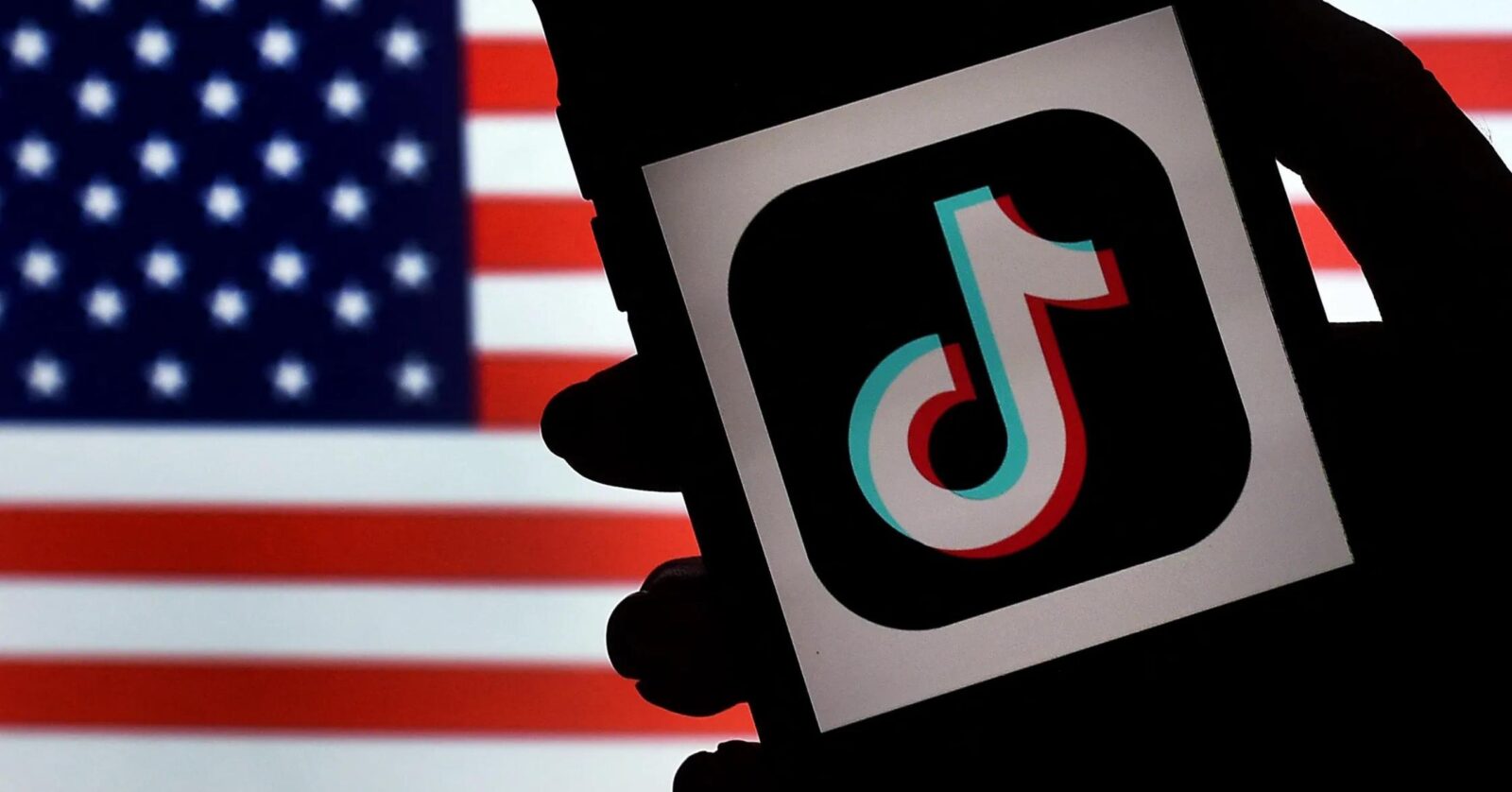TikTok Resumes Service in U.S. Following Donald Trump’s Intervention
After fourteen hours offline, the social media giant has officially resumed operations in the United States — despite not returning to various application stores.

Courtesy of Olivier Douilery/AFP for Getty Images
Courtesy of Olivier Douilery/AFP for Getty Images
After fourteen hours offline, TikTok has officially resumed operations in the United States.
The service interruption, which began late on January 18, 2025, came ahead of a new law set to take effect on January 19 that would have effectively banned the app in the U.S. due to national security concerns, which left over 170 million American users affected. However, TikTok’s return was made possible after President Donald Trump (who just assumed office) stepped in, providing the necessary clarity and assurances to the platform’s service providers.
The abrupt service cut-off followed a U.S. Supreme Court ruling on January 17, which upheld a law requiring TikTok to separate from its Chinese parent company, ByteDance. The court’s decision ignited fears that the app, alongside other ByteDance-owned services (such as popular video editing platform CapCut), could be permanently banned from the U.S. market.
During the shutdown, users who attempted to access TikTok saw a message explaining that the platform was temporarily unavailable due to the newly enacted law. However, the message reassured users that Trump would work on a solution to reinstate the service once he took office.
Just hours after TikTok went offline, Trump announced via his social media platform, Truth Social, that he would issue an executive order on January 20 — his inauguration day — to extend the law’s prohibitions and enable negotiations to protect national security while preserving TikTok’s U.S. operations. “I will issue an executive order on Monday to extend the period of time before the law’s prohibitions take effect so that we can make a deal to protect our national security,” said Trump in his post.
TikTok responded by confirming that, with Trump’s intervention, the platform was working to restore service. “We thank President Trump for providing the necessary clarity and assurance to our service providers that they will face no penalties for continuing to offer TikTok to over 170 million Americans,” the company said in a statement. “This is a strong stand for the First Amendment and against arbitrary censorship.”
As of Sunday afternoon, access to TikTok began returning gradually, initially via web browsers and later through mobile devices. The company thanked users for their patience and highlighted Trump’s efforts to keep the platform active in the U.S. While TikTok has resumed operation for existing users, it remains unavailable for new downloads on both the Google Play and Apple App Stores. The platform has not yet commented on when it expects to be reinstated in the stores.
Trump also proposed a 50% joint venture between TikTok and a U.S.-based entity as a potential long-term solution to the standoff. “By doing this, we save TikTok, keep it in good hands, and allow it to thrive. Without U.S. approval, there is no TikTok. With our approval, it’s worth hundreds of billions—maybe trillions,” Trump said. He suggested that such a deal would provide the U.S. with a substantial stake in TikTok’s future, while ensuring national security.
As the situation unfolds, both TikTok and the U.S. government are exploring ways to navigate the complex web of security concerns, corporate interests, and political considerations. The next steps are likely to hinge on Trump’s executive order and the ongoing dialogue between the social media giant and U.S. regulators.